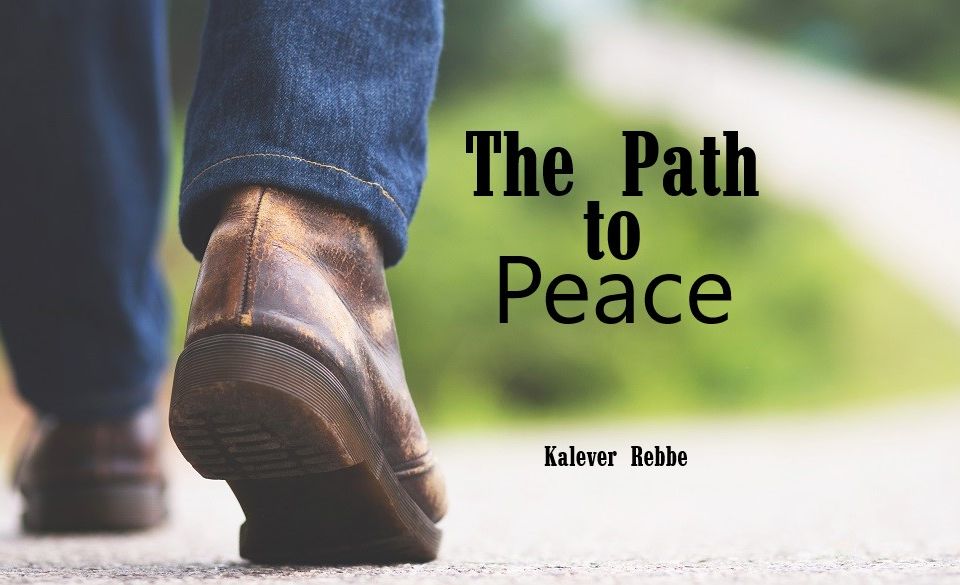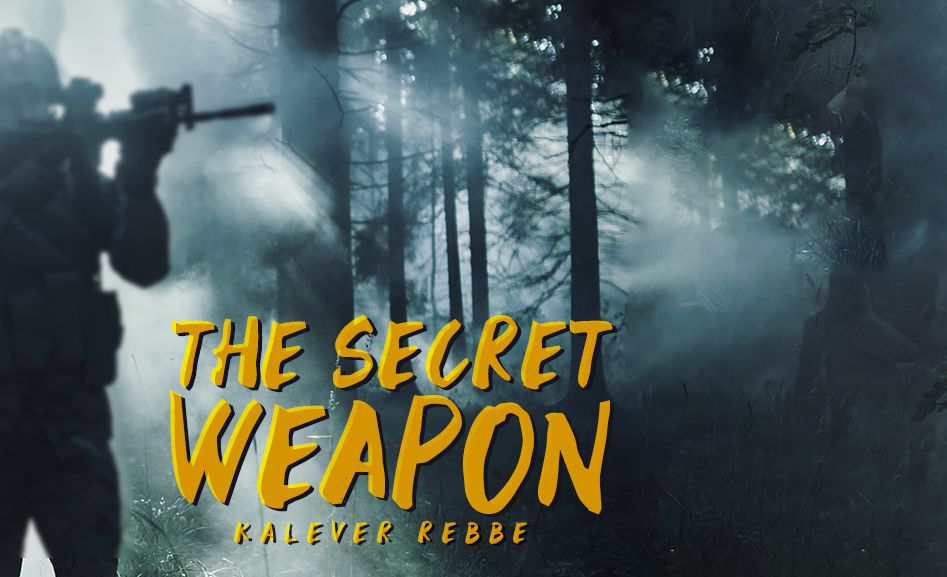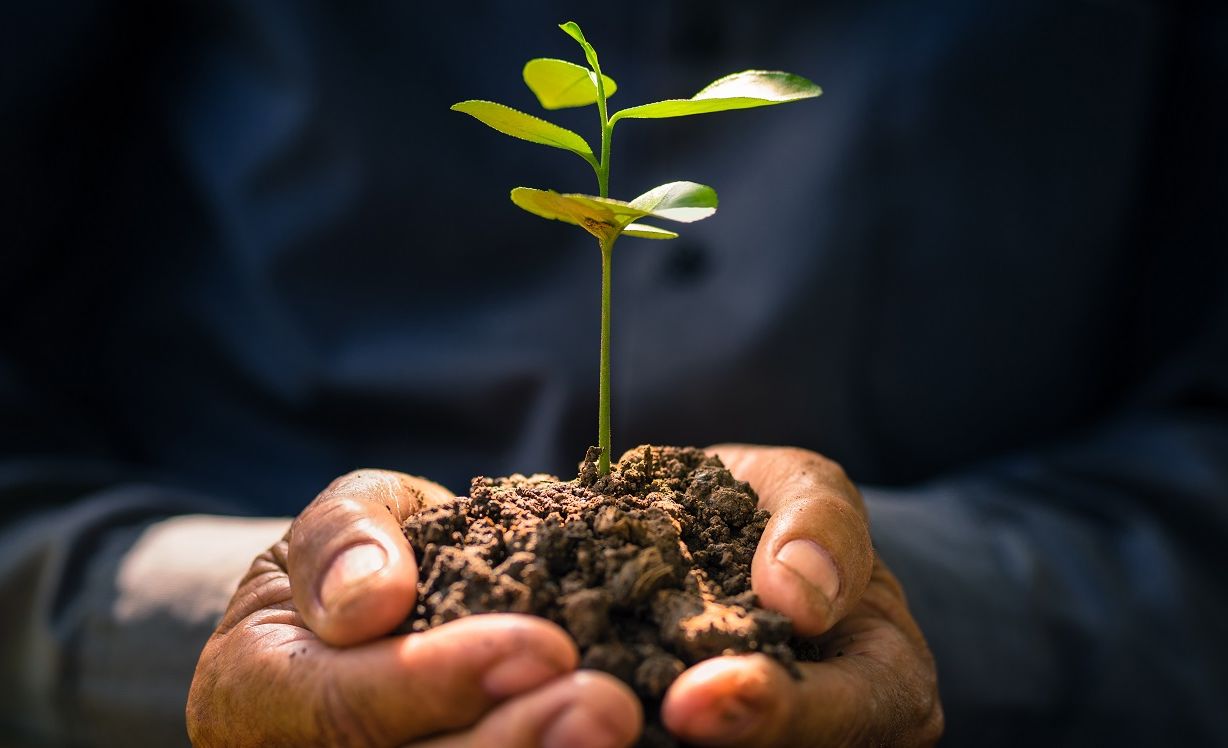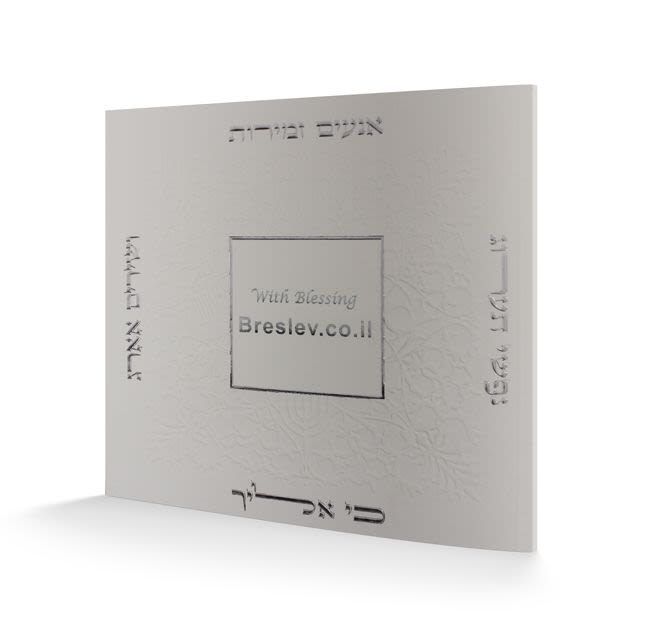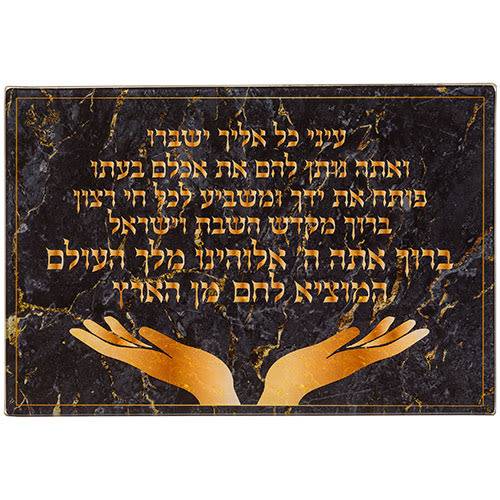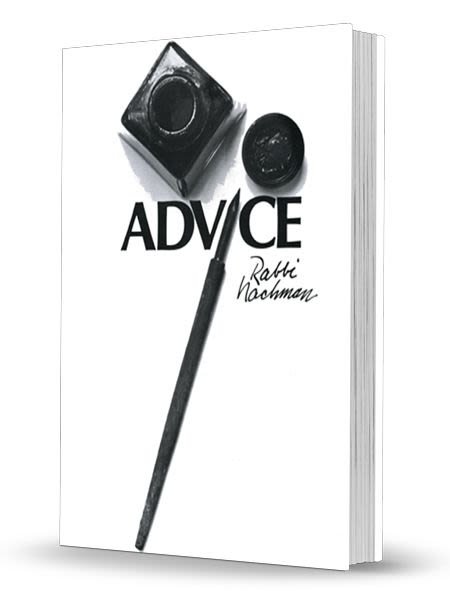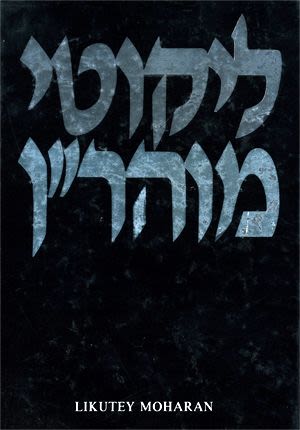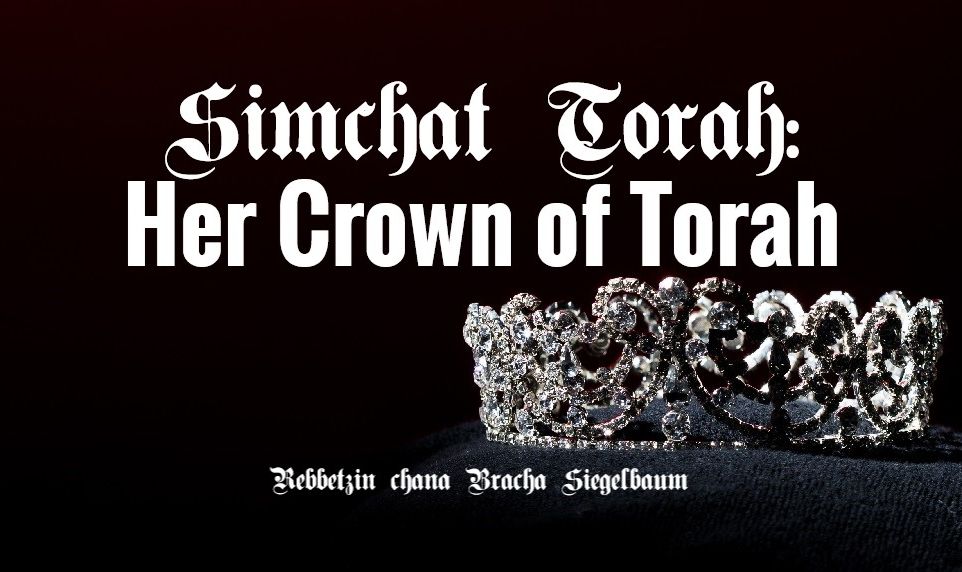
Simchat Torah: Her Crown of Torah
Can Jewish women earn the crown of Torah? The new generation of Jewish women wants more than just to sit back passively and listen to the wisdom of others…

THE CROWN OF TORAH IS FREE FOR ALL
Moshe’s blessing to Israel before his passing away includes the following prelude: “Moshe commanded us Torah, the inheritance (morasha) of the congregation of Yaakov” (Devarim 33:4). Rashi reads the verse as follows, “The Torah that Moshe commanded us is an inheritance for the congregation of Yaakov: we have taken it and will never abandon it.” This implies that the Torah of Moshe has become ingrained within the entire Jewish people to the extent that we are unable to ever separate ourselves from it. The Sifri explains that every Jew has a share in the Torah, as it states, “You stand this day all of you before Hashem your G-d” (Devarim 29:9). This idea is reflected in the saying of our Sages that there exist three crowns: the crown of Torah, the crown of Kehuna (priesthood), and the crown of Kingship. The crown of Kehuna was given to the children of Aharon and the crown of Kingship to the offspring of David. However, the crown of Torah is available to whoever wants to take it (Midrash Raba, Kohelet 7:2).
WOMEN MAY RECEIVE THE CROWN OF TORAH
Although a woman can neither aspire to become a king from the Davidic dynasty nor a Kohen, the crown of the Torah is available to adorn her head. During all generations of Jewish history, there have always been great and learned women. There are renowned women such as Devorah, the wife of Lapidot, for whom hordes of people would wait in line to pose halachic inquiries. Beruriah of the Talmud, taught her husband how to have mercy on others in accord with the Biblical indictment; and Rashi’s daughters participated in the pilpul (dialectics) of their scholarly husbands. These are just examples, yet there were many less well-known female scholars throughout the generations, who taught men behind a mechitzah (partition). In our own time, we are privileged to learn from outstanding talmidot chachamot (learned women) specializing both in the revealed and hidden Torah. There is a renewed thirst among Orthodox Jewish women to delve in depth into the classical texts of the Torah and its commentaries. Everywhere, new yeshivoth for women are sprouting forth, packed with spiritual Jewish women seeking to return not only to their roots, but also to serious textual Torah study. No longer do lectures satisfy their yearning. The new generation of Jewish women wants more than just to sit back passively and listen to the wisdom of others. They are ready to work hard, together with their study partners, in order to gain the skills necessary to enable them to struggle through Torah texts on their own, receiving, of course, the assistance of Rabbis and mentors.
QUEEN OF THE LIVING TORAH
The verse, “Hear my son the reproach of your father and do not forsake the Torah of your mother” (Mishlei 1:8), is gaining new meaning in our time. The mother has become the queen of Torah. Just like a mother gives life to others, so does she ignite the light of Torah in her children, her soul sisters, and herself. Our desire for learning is much more than an intellectual pursuit. We want to learn in order to live a life of Torah, infusing the whole world with its spirit. Women from all walks of life are struggling with learning Hebrew vowels, saying brachot, understanding halachic terminology, separating challot (braided bread for Shabbat and holidays), and wearing skirts. We are shaking the lulav, praying and meditating in the fields, picking luscious purple grapes in the Land of Israel, and taking tithes. Our learning and living merges to become one, as we endeavor to bring the geulah one step closer.
WOMEN’S LEARNING RETURNS THE SHECHINA
According to the Midrash, the Torah is engaged to the Jewish people, like a bride to her groom. This is learned from the following explanation: “Do not read ‘morasha,’ a possession, but rather ‘meurasa’ engaged, for the Torah is engaged to Israel” (Yalkut Shimoni, Devarim 33, 951). Rabbeinu Bachaya explains that according to kabbalah, the Torah is called Rachel, who is engaged to Yaakov. From the time that the Shechina departed, “Rachel is weeping for her children” until the return of the Shechina during the redemption when Rachel again becomes Yaakov’s wife. This is the meaning of: “They shall come back again from the land of the enemy” (Yirmeyahu 31: 14-17). The fact that the Torah is called Rachel testifies that her essence is, indeed, female. One of the manifestations of exile has been a lack of feminine viewpoints on the Torah. Today, we are fortunate to experience the return of the Feminine Indwelling Presence, embodied by the revival of authentic learning and living the Torah of the mothers by the daughters of Israel. In that respect, women too can certainly rejoice on Simchat Torah.
***
Rebbitzen Chana Bracha Siegelbaum is Director of Midreshet B’erot Bat Ayin in Gush Etzion. Her full book on the weekly Torah portion can be ordered from Chava@berotbatayin.org.


